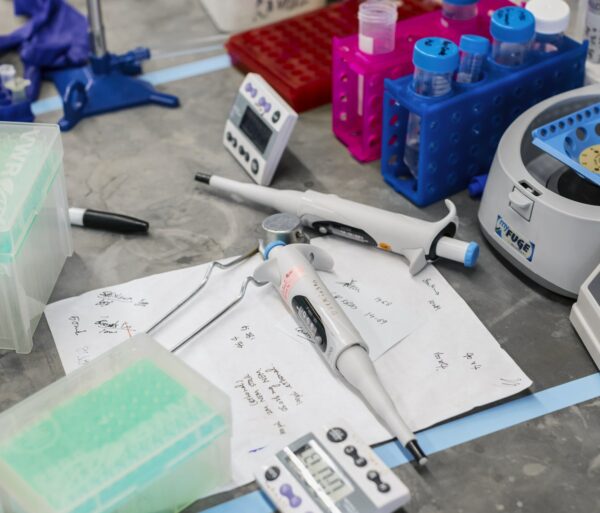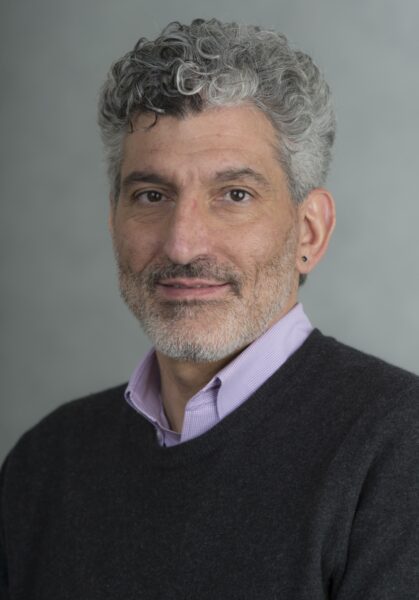
Nitric oxide is one of the brain’s most important chemical messengers. Too little of the chemical shuts down communication between parts of the brain, but too much nitric oxide kills nerve cells and contributes to the brain degeneration seen in diseases like Alzheimer’s disease, Parkinson’s disease, dementia, and stroke.
Despite recognizing its critical role in brain health, scientists have struggled to study nitric oxide in the brain because they simply couldn’t see where it was produced and how much was being made in healthy versus diseased brains. It’s like trying to figure out what’s happening in a baseball game without being able to see the ball or bat, explained Yamuna Krishnan, Ph.D., a professor of chemistry at The University of Chicago.
But Dr. Krishnan, a 2016 BRF Scientific Innovations Award (SIA) winner, worked to change that by creating a way to map nitric oxide in the living brain. She leveraged her lab’s experience building devices out of synthetic DNA that allow scientists to track molecules called ions in living organisms.
She had a hunch that her DNA tracking devices would work for nitric oxide imaging, and the BRF SIA grant allowed her to take a chance. It also allowed her to start using zebra fish as an experimental animal instead of the simpler soil-growing worms they had used for past studies.
“BRF allowed me to go completely out of my comfort zone and take on something risky,” she said.
The effort has been a huge success. She has built synthetic pieces of DNA about one-tenth the size of a virus that act as chemical detectors for nitric oxide. These detectors can be sent to precise locations in the brain to report back on the concentration of nitric oxide.
“Now that we can see the nitric oxide in the brain, we can start asking what are the factors that tip normal communication between cells (arising from nitric oxide production) to a situation where you have neurodegeneration,” Dr. Krishnan explained.
If scientists figure out how nitric oxide tips from normal to toxic levels, they might be able to develop ways to contain it. This could lead to treatments for many forms of dementia and stroke.
This groundbreaking new technique is the latest proof of the importance of funding interdisciplinary research to help unlock the brain’s secrets. It’s also why BRF is committed to funding the most innovative researchers regardless of their neuroscience focus.
“The brain uses chemistry, biology, physics and computation,” Dr. Krishnan said. “Any expertise you have will provide a new inroad into understanding its processes.”
She hopes that her new technique may be adapted to help scientists image all of the brain’s chemical messengers. Having such a detailed map of brain communication would, for the first time, allow scientists to see in detail which brain cells are communicating and how.
“If we could see all the messengers we can create chemical maps of the brain,” Dr. Krishnan said. “Without that we won’t be able to understand who is talking with whom.”
This cell-to-cell level detail could propel the field of neuroscience forward and lead to advances in understanding and treating many forms of brain disease—not just dementias. It’s why BRF is proud to fund research on innovative techniques that drive momentum in the field.



